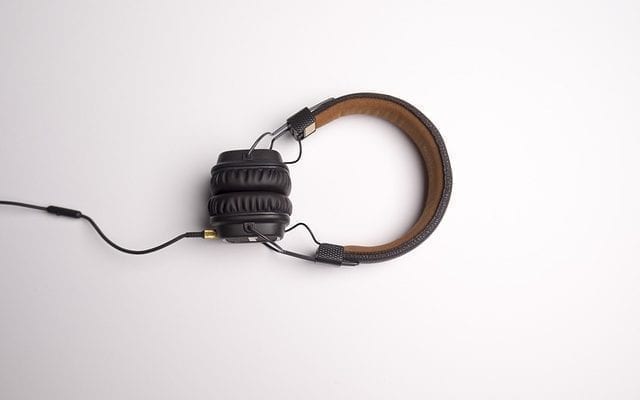
Lifestyle
What’s the Deal With Binaural Beats?
Binaural beats are a fascinating and emerging form of sonic therapy that is said to host a number of benefits. Binaural beats work by pushing noise to both ears, but with different frequency tones. The binaural auditory beat that a person hears is the difference in frequencies between the left and right ears.
Binaural beats are said to be highly effective when used for meditation purposes. Listening to binaural beats can provide therapy similar to that of meditation, but do they actually work? These otherworldly sounds can be found on countless YouTube videos, with claims of curing anything from insomnia to anxiety, all the while improving memory and increasing overall happiness. While there is a clear concern for the gimmicky nature of listening to “noise” for 15 minutes and suddenly being cured of your ailments, there is some science behind them that can back up the beneficial claims.
For example, when you play tones of different frequencies in each ear, they travel separately to your inferior colliculus, a part of your brain that deals with auditory input. When these tones combine together in a so-called “beat”, your brain perceives an entirely new frequency. Troy A. Smith, Ph.D., an assistant professor of psychological science at the University of North Georgia, says, “you’re essentially hearing something that’s not really there.” His studies of binaural beats have produced some fascinating insight into just what is happening in our brains when we listen to them.
Some scientists believe that when binaural beats are introduced to a new frequency, your brain is compelled to sync to it, initiating a move to a new “brain state.” Our brains have five different types of waves, with the low-frequency waves linked to “delta” and “theta” waves boosting relaxation and improving sleep. On the higher frequency scale, “gamma” waves move your brain toward a state that promotes alertness, higher focus, and better memory. In the middle, there are “alpha” and “beta” waves, that deal with attention, which can be beneficial for meditation.
While many studies conducted on binaural beats are still forthcoming, some have proven the that they have a positive effect in people tested. A Montreal study tested 15 subjects who suffered from mild anxiety, and after being subjected to binaural beats, they reported a significant reduction in overall anxiety.
Another study had 36 adults who suffered from chronic pain listen to binaural beats for 20 minutes each day for 2 weeks. 77% of the subjects felt their pain was lessened by a considerable degree.
While these studies are promising, there is still much to learn about them. Nevertheless, they are simple and easily accessible on the internet and could be worth checking out. To maximize your binaural beats experience, find a quiet place to listen while using high-quality headphones. Try to avoid using binaural audio while doing tasks that require alertness and full attention.





0 comments